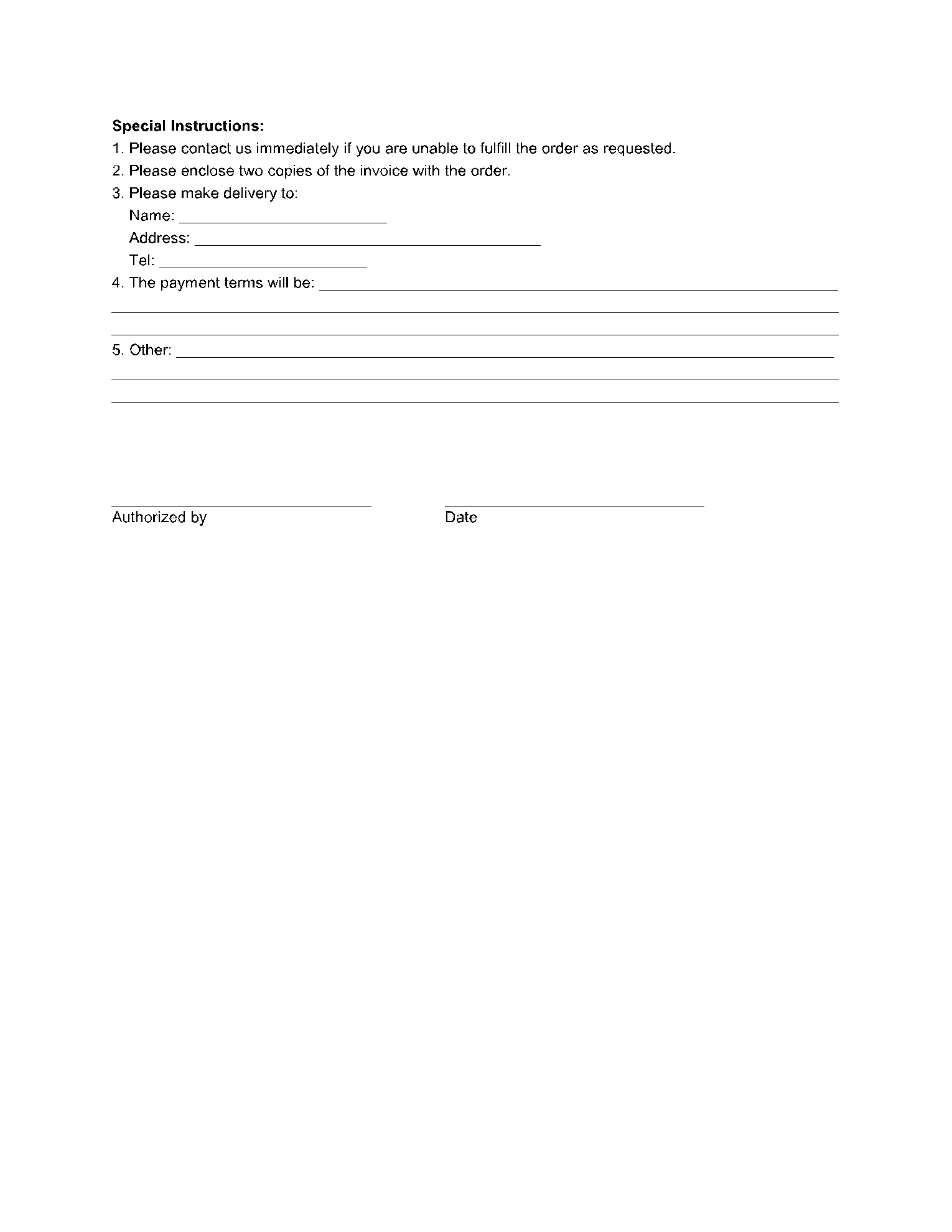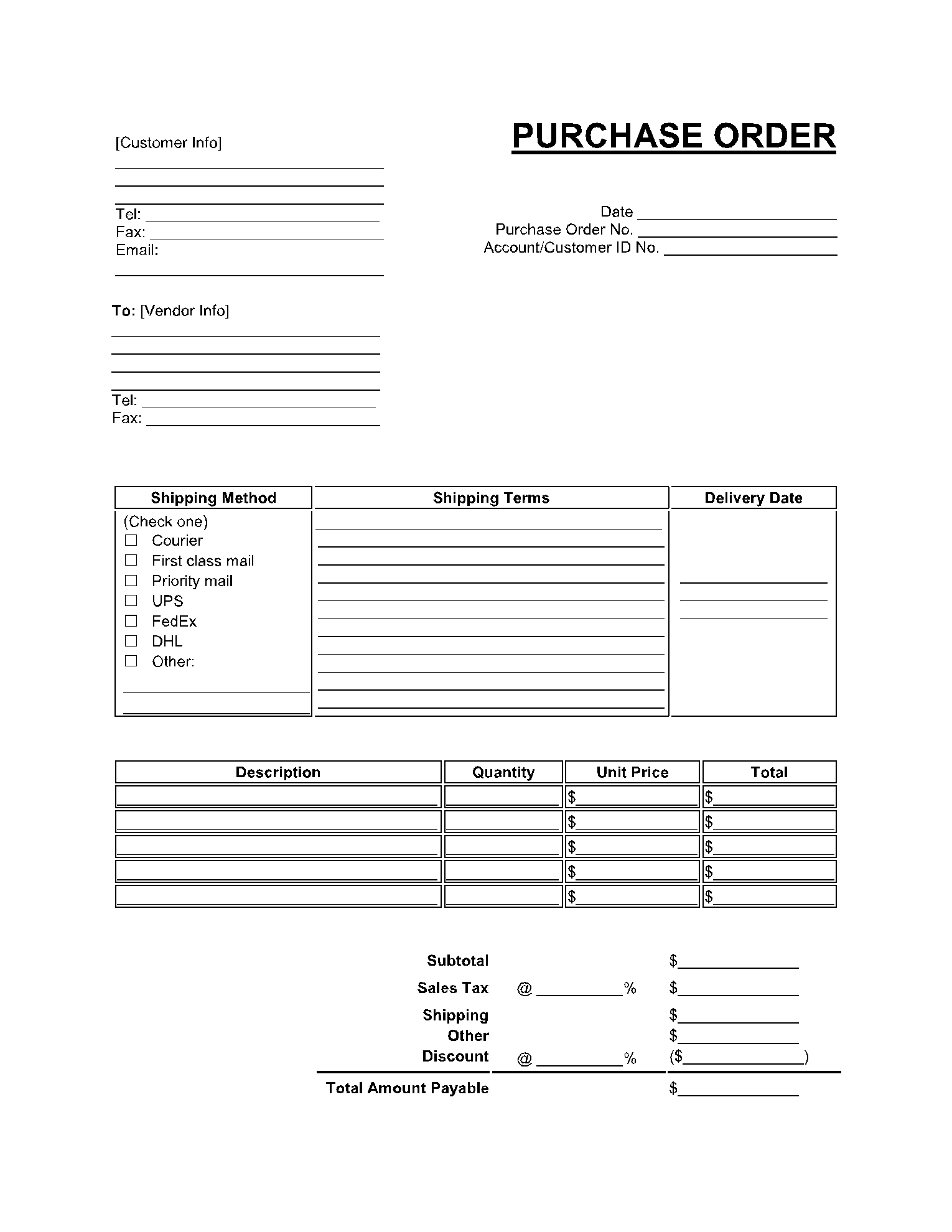A receipt template is a handy tool for any commercial activity. No matter what you are selling, you must provide the buyer with proof that you have received the payment for the object or service you are selling.
While a payment receipt focuses on the fact that the entire sum was paid, the sales receipt offers details on the merchandise that was included in the sale.
What Is a Sales Receipt?
A sale receipt is issued for the products you buy from a particular seller. It’s the document that shows what you purchased, with mentions on the quantity and price of every item, and the amount that you paid for it.
It’s one of the standard forms that most businesses use; you find it in all domains, from automotive sales receipt to girl scout cookie receipts, as every transaction needs a written proof.
It’s the type of form you see so often that you may not even pay attention to it anymore if you are the buyer. But it’s actually a good idea to hold on to sale receipt forms, as you may need them if you have warranty issues.
As for the seller, they need to keep track of every sales receipt they created, for accounting purposes.
What’s the Difference Between an Invoice and a Sales Receipt?
An invoice and a sales receipt generally include the same information. They both show what was sold, when, what the price was, and the method of payment. The difference between them is the moment they are issued.
While sales receipts forms are issued once the transaction is complete and the entire amount is paid, invoices are issued earlier on, even for a partial transaction.
The invoice contains the sum the client will have to pay, before they actually pay it, and shows how the purchase is going to play out, with milestones and date of completion.
What Information Needs to Be on a Sales Receipt?
The sales receipt may not be a complicated document, but it still needs to be carefully drafted, so it’s better to do it with a sales receipt template. This is the information the receipt template must include:
- The identification information of the business.
- The location of the sale.
- The name of the product or service sold.
- The quantity for every item.
- The price of every item.
- The total price of the transaction.
- The taxes.
- The total price, including the taxes.
- Milestones and deadline, if it’s a service.
Conclusion
The sales receipt is one of the most common sales documents, and it’s used in most types of businesses. But that doesn’t mean it shouldn’t be crafted with care.
The best way to create a sale receipt is to start from an efficient receipt template, like the one from CocoSign. Not only do they have an excellent sales receipt template, but every other type of template you may ask for.

